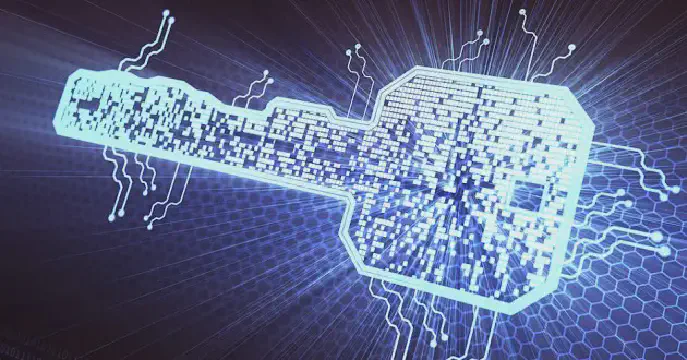Excerpt§
Exploring the impact of hash collisions on data integrity, performance, and security, along with techniques for resolution and real-world examples of MD5 and SHA-1 hash collision attacks.
Hash functions are commonly used in computer science for mapping data of arbitrary size to fixed length values called hashes. However, since hashes have a finite size, there is always a possibility of two different inputs producing the same hash output. This is called a hash collision and can have serious repercussions if not handled properly. In this article, we will understand what hash collisions are, their impact, common techniques to resolve them, real-world examples, and best practices to deal with collisions.
Introduction§
A hash function takes an input like a string or file and generates a numeric hash value of fixed length. Hash values are used for efficient searching and indexing in hash tables and databases as they provide a unique identifier for each input.
However, because hashes have a finite size, there is a possibility of two different inputs generating the same hash value. This is called a hash collision. Collisions become inevitable as more and more data is hashed.
Hash collisions can degrade system performance, cause denial of service, and even weaken application security if left unaddressed. Let’s understand their repercussions in more detail.
The Impact of Hash Collisions§
Some key problems caused due to hash collisions:
Loss of data integrity - Since two inputs map to the same hash, you may retrieve incorrect data if a collision occurs during lookup in hash tables.
Degradation in performance - Hash tables require extra processing like chained lookups to handle collisions. More collisions lead to more sluggish performance.
Increase in denial of service attacks - Attackers can deliberately trigger collisions in systems like certificates to exhaust resources and crash systems.
Security vulnerabilities - Collisions can allow spoofing of digital signatures, password cracking via rainbow tables, and poisoning of web caches.
Therefore, identifying and resolving hash collisions through appropriate techniques is crucial for building robust systems.
Understanding Hash Collision Resolution Techniques§
Two widely used techniques to handle hash collisions are:
Separate Chaining§
Separate chaining uses linked lists to store multiple key-value pairs that map to the same hash. During lookup, keys causing collisions are stored in the same linked list.
Pros: Simple to implement. Hash table resizing not required.
Cons: Long collision lists degrade performance.
Open Addressing§
In open addressing, collisions are handled by looking for the next empty slot in the hash table to store the colliding key. Different strategies like linear probing and quadratic probing are used to find the next slot.
Pros: Faster lookups than chaining. Uses hash table space efficiently.
Cons: More complex to implement. Requires occasional rehashing and table resizing.
Chaining is easier to implement but open addressing provides faster lookups in most cases. The technique can be chosen based on the specific system requirements.
Real-World Examples of Hash Collisions§
There are two well-known examples of critical hash collisions in commonly used functions:
The MD5 Hash Collision Attack§
In 2004, security researchers demonstrated a collision attack on the widely used MD5 cryptographic hash function. By creating two different inputs with the same MD5 hash, they highlighted weaknesses in its design.
This enabled spoofing of digital signatures and paved the way for more attacks. It led to recommendation to phase out MD5 usage.
The SHA-1 Hash Collision Attack§
In 2017, researchers revealed the first collision in the popular SHA-1 cryptographic hash algorithm. This highlighted that the aging function was vulnerable to theoretical attacks.
The attack indicated that encryption certificates relying on SHA-1 could be forged, causing widespread security issues. It led to an accelerated deprecation of SHA-1 usage.
Both examples highlighted the importance of ‘collision resistance’ in cryptographic hash functions for security.
Best Practices for Dealing with Hash Collisions§
Here are some tips to handle hash collisions effectively:
Use well-studied hash functions like SHA-256 that have robust collision resistance. Avoid deprecated ones like SHA-1.
Employ collision resolution techniques like chaining or open addressing when using hash tables.
Monitor your systems for abnormal collisions and have a mitigation plan ready.
Regularly assess hash functions against new attacks and update them as needed.
Use salts while hashing to create unique hashes even if the inputs are similar.
Consider using tree-based data structures like binary search trees for alternate collision resolution.
Conclusion§
Hash collisions are inevitable, but their adverse impact can be limited with the right techniques. Understanding how they occur, implementing good resolution mechanisms, and monitoring hash functions for vulnerabilities are crucial. With proper precautions, robust systems can be built even in the presence of hash collisions. As computing power increases, the chance of collisions also grows, requiring continued innovation in efficient mitigation strategies.















